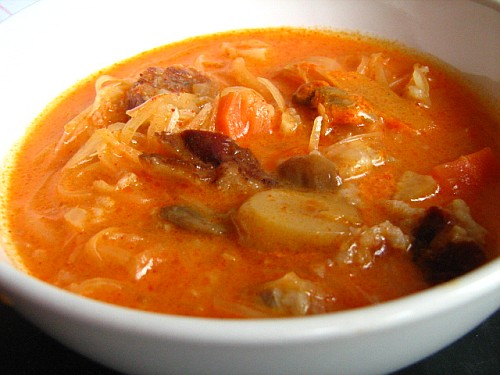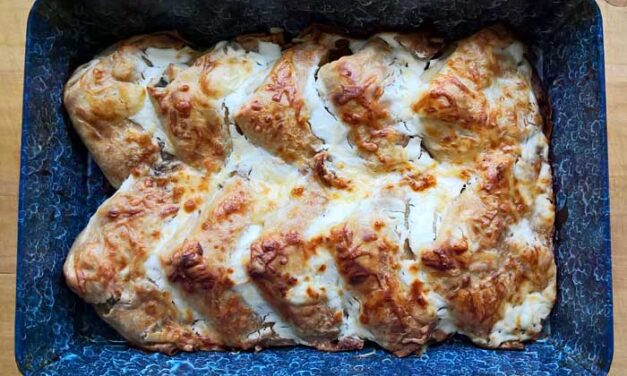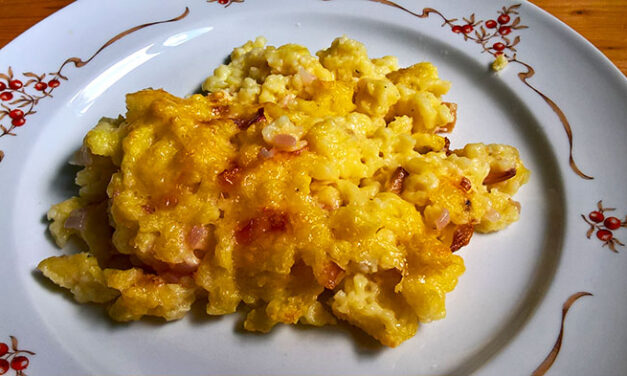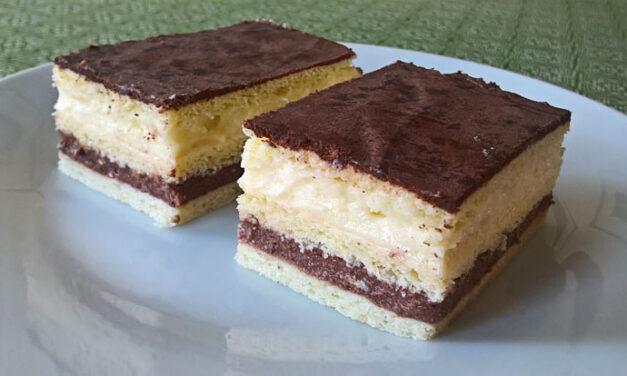Last week, on 6th January the carnival season officially started; a festivity based on rich folk traditions that lasts from Epiphany till Ash Wednesday celebrating the end of winter and darkness. Traditionally carnival season was the last opportunity to eat well before the food stocks ran out at the end of the winter. All the food that had survived the winter had to be eaten to assure that everyone was fed enough to survive until the coming spring would provide new food sources.
Carnival season is unimagineable without doughnut in Hungary, it can be also regarded as a symbol of farewell winter feasts. The most popular type is the so called ribboned doughnut named after the ribbon-like white stripe running along the sides of the doughnut. These doughnuts are made from a very soft, airy dough, which is very sensitive to cold and draught. Therefore all the ingredients, the pastry board and even the kicthen towel used to cover the dough have to be lukewarm or at room temperature.
Deep-fried pastries are often thought to be drenched in oil (in some cases it’s true, sadly), but these delicious doughnuts are light and crsipy. Rum is that ingredient that prevents the dough from absorbing too much lard or oil and getting soggy. Many people are averse to raised pastries, but believe me, you don’t need to have special baking experiences to prepare this pastry; if you follow the recipe’s instructions, you will manage to fry perfect, delicious doughnuts.




















0 Comments